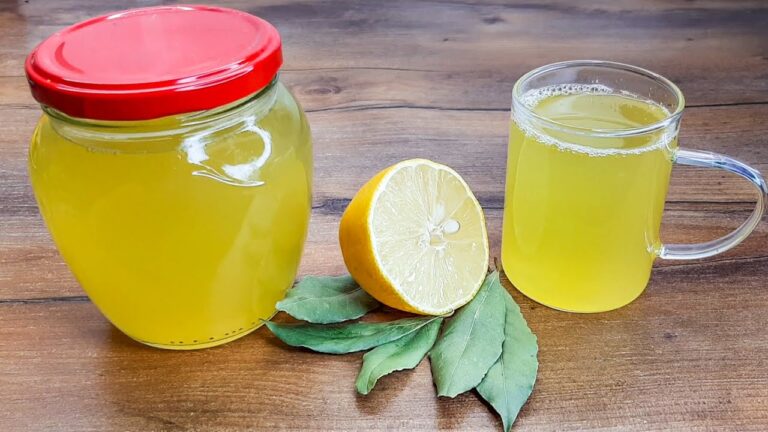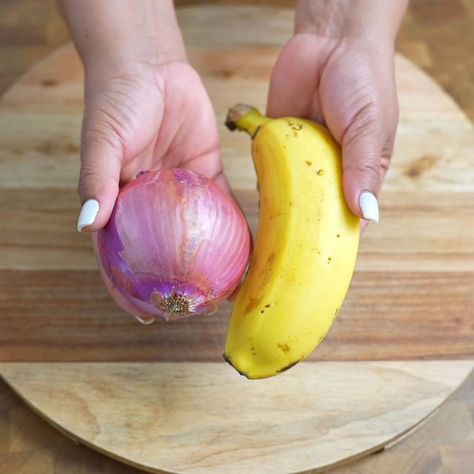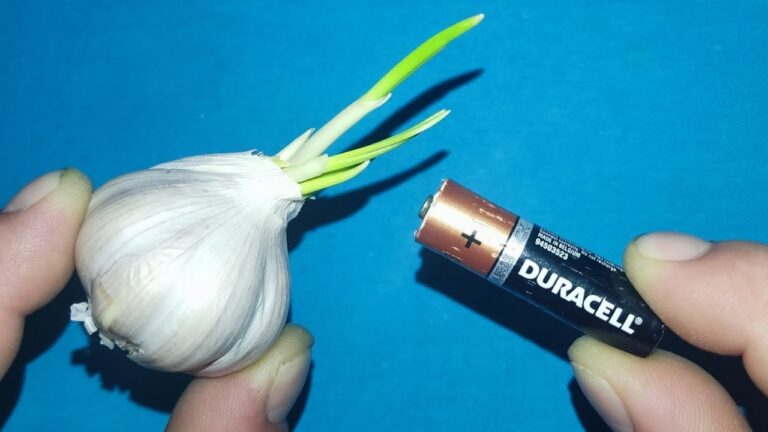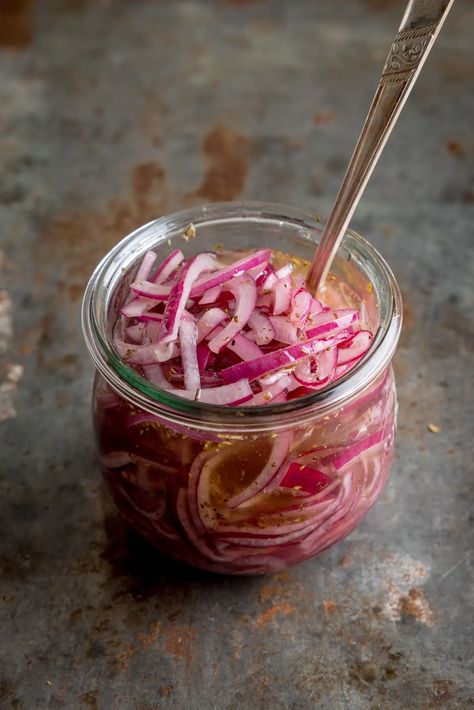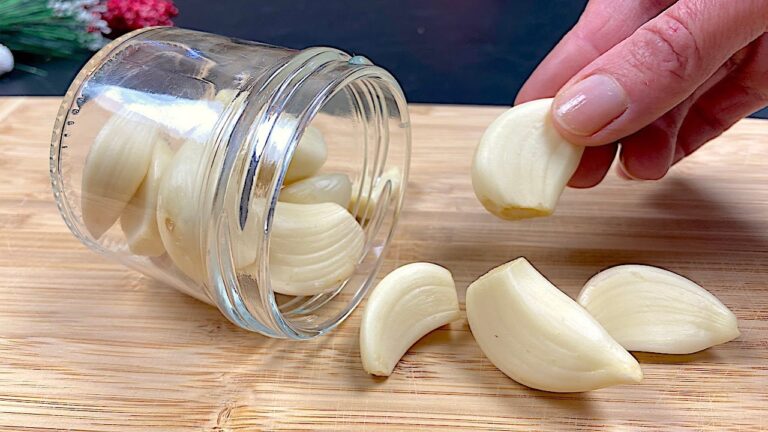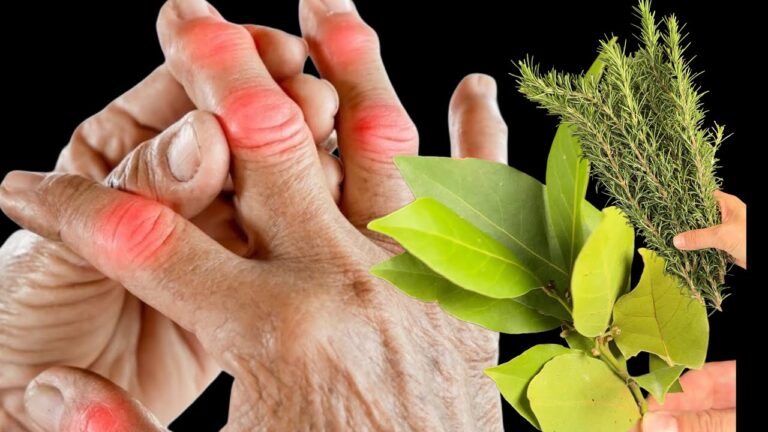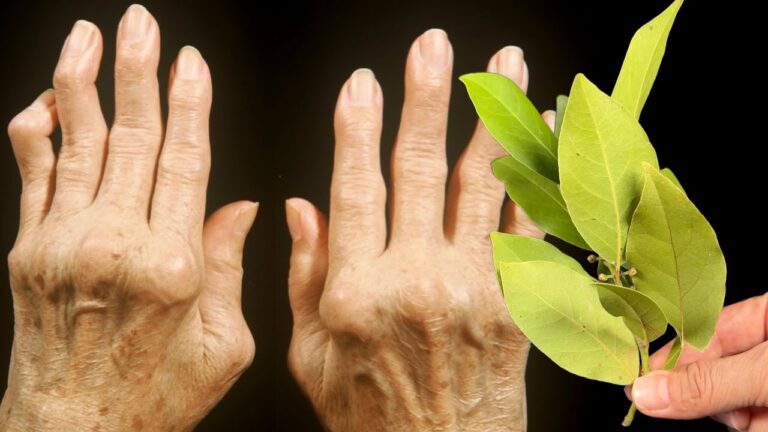Coughing and lung discomfort can be alleviated with natural remedies that soothe and clear the respiratory system. Two simple recipes—hot tea with bay leaves and a honey-lemon syrup infused with bay leaves—can provide comfort and relief. These remedies are gentle, nourishing, and easy to prepare at home.
Bay Leaf Tea
This warming tea harnesses the natural benefits of bay leaves, known for their anti-inflammatory and antimicrobial properties.
Ingredients:
- 3 fresh or dried bay leaves
- 2 cups of water
- 1 teaspoon of honey (optional)
- A slice of lemon (optional)
Instructions:
- Boil 2 cups of water in a small pot.
- Add the bay leaves to the boiling water.
- Reduce the heat and let the leaves simmer for 5–7 minutes.
- Remove from heat and strain the tea into a cup.
- Sweeten with honey and add a slice of lemon, if desired.
Sip this tea slowly, allowing the steam to help open your airways while the tea soothes your throat.
Honey-Lemon Syrup with Bay Leaves
This natural syrup combines the soothing qualities of honey, the vitamin C boost of lemon, and the lung-cleansing properties of bay leaves.
Ingredients:
- 1 cup of raw honey
- 1 lemon, thinly sliced
- 3 fresh or dried bay leaves
Instructions:
- In a small saucepan, combine honey, lemon slices, and bay leaves.
- Warm the mixture over low heat, stirring gently to ensure the honey doesn’t boil.
- Allow the ingredients to infuse for 15–20 minutes.
- Remove from heat and let it cool. Strain into a clean jar.
Take 1 teaspoon of this syrup 2–3 times a day for relief from coughing and lung discomfort.
Why These Remedies Work
Bay leaves have natural compounds that support respiratory health by reducing inflammation and promoting clearer airways. Honey acts as a natural cough suppressant and soothes the throat, while lemon provides immune-boosting vitamin C. Together, these ingredients create a harmonious blend to support lung health and overall well-being.
Give these recipes a try for a natural, comforting approach to clearer lungs and easier breathing.
